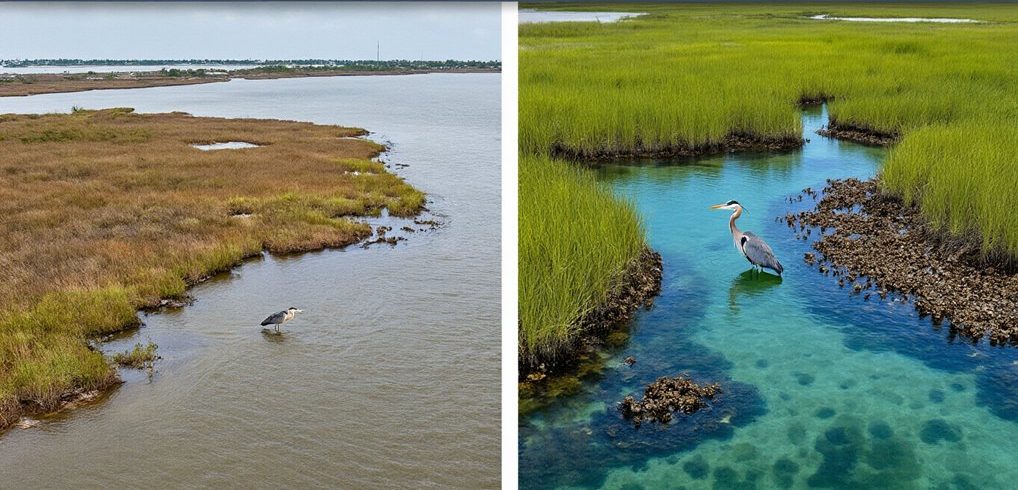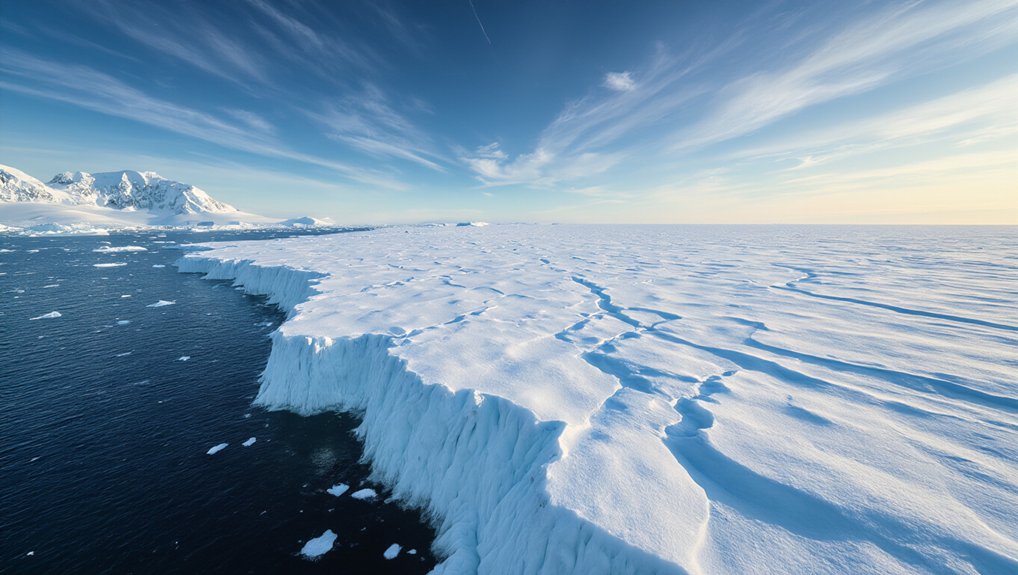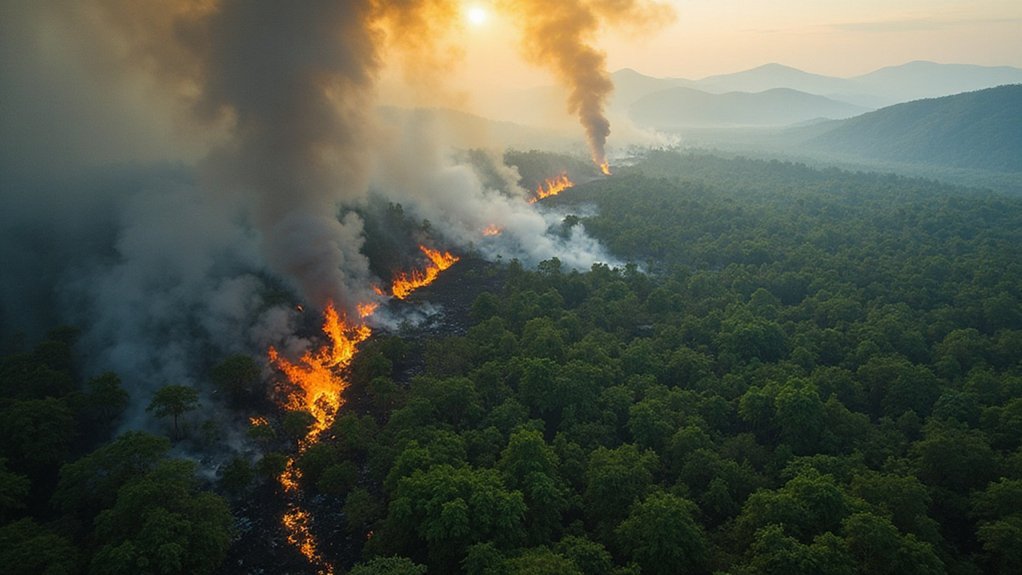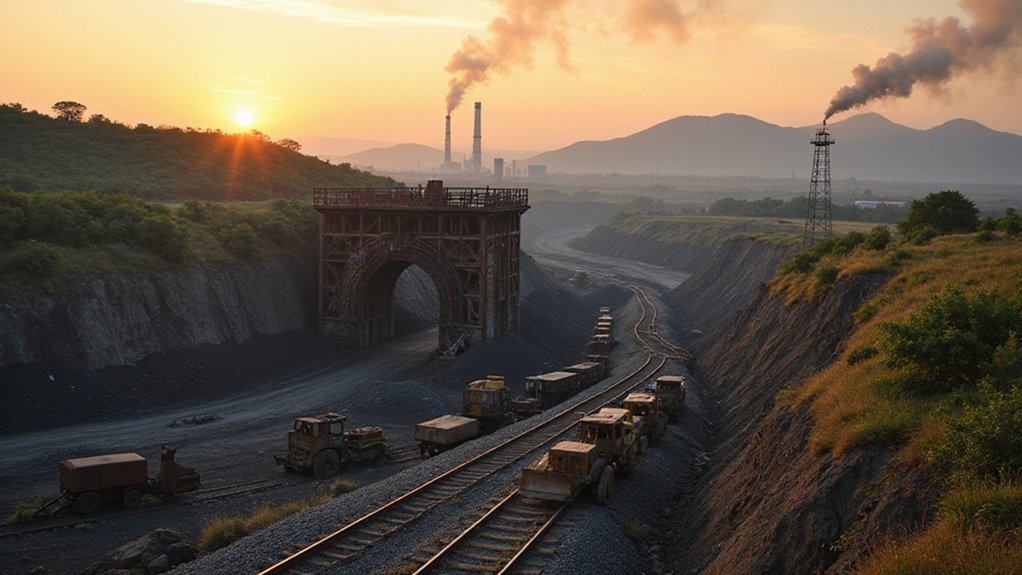Though more than a decade has passed since BP’s Deepwater Horizon rig exploded and released environmental hell on the Gulf Coast, the region still bears the scars of America’s worst oil spill. Over 134 million gallons of oil. Hundreds of miles of coastline contaminated. Marshlands dying. Wildlife populations crashing. But hey, at least BP coughed up $20.8 billion for the mess they made.
The economic gut punch was brutal. Commercial and recreational fishing lost $2.3 billion in output over a decade. Twenty-five thousand jobs—gone. Just like that. Real estate values tanked. Traditional seafood harvesting? Collapsed. Tourism? Tourists don’t exactly flock to oil-soaked beaches. Shocker.
Fishing jobs evaporated. Beach towns crumbled. The Gulf’s economic identity—decimated by corporate negligence and crude oil.
Then there’s the human toll. Cleanup workers got sick. Mental health issues skyrocketed. PTSD. Anxiety. Chronic illness. Those chemical dispersants they used? Yeah, turns out spraying chemicals to hide other chemicals isn’t great for human health. The GuLF STUDY showed exposed workers faced increased risks of nonfatal heart attacks and reduced lung function. Who knew?
The settlement money is being divided among federal, state, and local agencies. They’re rebuilding oyster reefs, restoring marshes, and reconstructing barrier islands. Courts are watching to make sure the cash actually helps long-term recovery. At least somebody’s paying attention.
Black and Brown communities were hit especially hard. Fishing families now travel further to find uncontaminated waters—if they can afford to stay in business at all. Communities lost more than income; they lost identity. Generations of cultural knowledge about local waters—useless when those waters are poisoned.
Scientists are still monitoring everything. Wildlife populations. Habitat conditions. Human health impacts. Universities and NOAA researchers tracking the slow recovery. Because this isn’t a one-and-done disaster. It’s a decades-long struggle.
The Gulf is fighting back. Slowly. Communities are adapting. Ecosystems are healing. But the truth? Some damage can’t be undone. No amount of money fixes everything. Some scars are permanent. The incident also resulted in nearly $700 million in lost labor income throughout the region. Just ask the Gulf.
References
- https://digitalcommons.usf.edu/msc_facpub/1823/
- https://tos.org/oceanography/article/human-health-and-socioeconomic-effects-of-the-deepwater-horizon-oil-spill-in-the-gulf-of-mexico-1
- https://www.americanprogress.org/article/the-lasting-impact-of-deepwater-horizon/
- https://www.economy.com/economicview/analysis/191641/The-Economic-Impact-of-the-Gulf-Oil-Spill
- https://en.wikipedia.org/wiki/Economic_effects_of_the_Deepwater_Horizon_oil_spill








